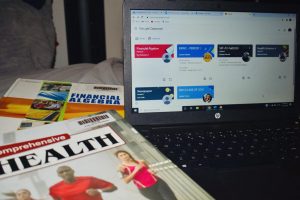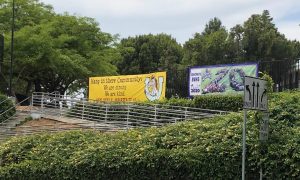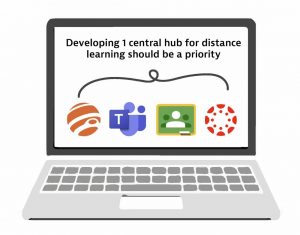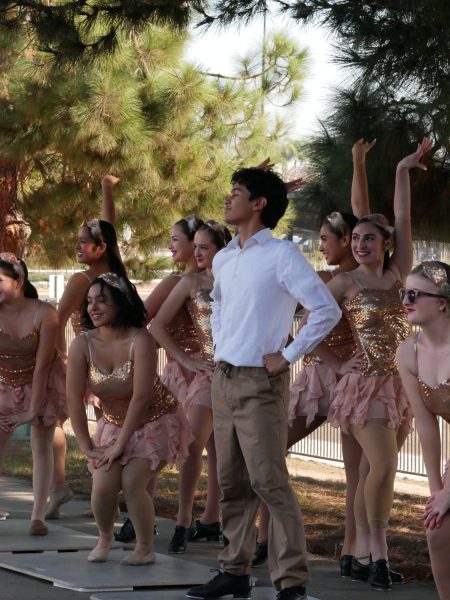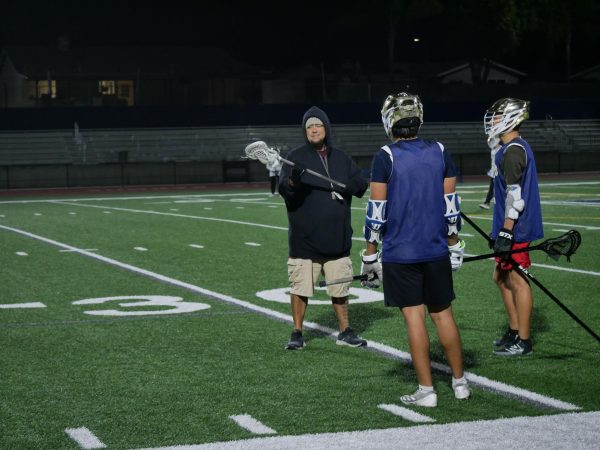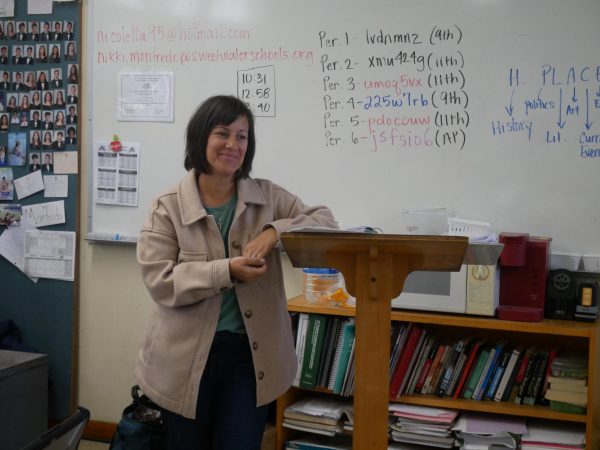Like never before
Freshmen students share their experiences during the first few months of distance learning
As the 2020-2021 school year continues in distance learning, navigating the new academic year through technology poses challenges for many Bonita Vista High (BVH) students, more specifically the freshmen. Upperclassmen are already accustomed to the high school atmosphere, however, freshmen have yet to have that in-person experience. For some freshmen, this non-traditional shift has hindered their ability to fully adapt and feel comfortable in high school.
Currently, some freshmen students feel mixed emotions considering the new environment of learning. For instance, freshman Eliza Noblejas describes that she felt unsure about how comfortable she was during the first couple of weeks of her freshman year.
“I would say it’s in the middle. [School is] not that hard, but it’s still not that easy,” Noblejas said.
For others, like freshman Karen Lorenzo-Villegas, she considers the shift from middle school to high school in distance learning to be a difficult experience. Lorenzo-Villegas recounts how she misses her morning routines back when schools were open and ultimately favors in-person learning.
“[Distance learning] has [been harder]. I used to go to school and be ready on time, and have all of my materials ready,” Lorenzo-Villegas said. “Some people are visual learners [who] prefer to learn in-person and some people are not. I personally learn better in-person, not just [learning] through a screen.”
Since classes have moved to being carried out virtually, encountering technical difficulties is inevitable. Whether it be one’s wifi cutting out, technological devices malfunctioning or the required online platform not working for one’s computer, the problems vary. Noblejas explains how these technological problems can lead to her feeling disappointed.
“There’s a lot of technological issues when getting into my classes so it’s really annoying. I’m trying to get into my class but with these obstacles, it really frustrates me,” Noblejas said.
In an effort to adapt to the current circumstances and help students cope with some technological issues, Regular and Accelerated Biology teacher Joseph Szakovits expresses that teachers are trying to improve their curriculum as much as possible.
“The reality is that when we add up the time that we have synchronously, that gives [teachers] a little under two hours that we’re actually face-to-face with the kids per week. There are things that we have cut out,” Szakovits said. “In science, there’s lots of hands-on experimentation that we cannot do now. We’ve had to incorporate a lot of virtual labs and change the way we conduct assessments. [Teachers] cannot teach things the same way [in] distance learning.”
Szakovits has received messages from his students explaining how they are getting headaches and are having various difficulties due to excessive screen time. Consequently, Szakovits mentions that in order to help mitigate the effects of being on screen for extended amounts of time, he tries to limit the workload he assigns.
“We [teachers] simply do not have as much instructional time. [Teachers] also have to be mindful when we’re giving homework, [I ask myself], ‘How long do we want them [students] staring at a screen for?’ So, [teachers] really need to consider that as well,” Szakovits said.
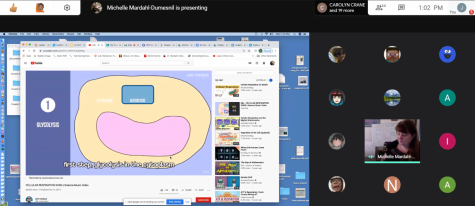
According to Lorenzo-Villegas, teachers have been a lot more compassionate and understanding regarding issues that have arisen in virtual learning. She explains how students’ personal situations can prevent them from being able to attend classes nor get homework done on time.
“If we [students] turn in an assignment late, [teachers will] understand and give [us] full points. If [a student] had a family emergency [and] could not attend a meeting on time or had to retake a test, [teachers are] understanding of that and will still allow [students] to get full credit so it would not hurt [students’] grades before a progress report,” Lorenzo-Villegas said.
Freshmen students and teachers alike are both facing difficulties navigating distance learning. Lorenzo-Villegas describes that staying on task throughout both asynchronous and live class is not as easy as it sounds.
“The biggest challenge for me is being focused. Meetings are synchronous and asynchronous. It’s different for me because I prefer synchronous time,” Lorenzo-Villegas said. “I prefer to be with my teacher at all times when I’m in class, but then [I] have to leave the meeting after synchronous time is over to go to asynchronous time; it’s weird.”
Additionally, Szakovits voices his concerns about keeping his students motivated. He expresses how relying on technology to conduct lessons and activities is not the most effective method of maintaining students’ focus.
“[For me], the number one challenge is student engagement. It’s been challenging using technology to find new ways to get kids to participate, and that’s especially true for our freshmen,” Szakovits said. “The thing is that they’re dealing with being at a new school while also dealing with distance learning.”
Despite these challenges, Lorenzo-Villegas adds that overcoming these roadblocks should be accompanied with help from fellow classmates. She furthers by saying that teachers are not always available to tend to each and every single one of their student’s requests, therefore asking for extra assistance from peers is an alternative students can take for a helping hand.
“Teamwork is imperative. [For example], if [a student is] doing work for different [classes], might as well ask [their] friends or [have them as] emotional support buddies. I use [my friends to help me with] things like mental health and school work in general. It’s hard not being able to contact [one’s] teacher right away because they have all these students trying to contact them as well,” Lorenzo-Villegas said.
Moreover, teamwork is not something that’s exclusive to the students, Szakovits explains how teachers are also making sure to work together with the intent of decreasing the workload for students.
“Everybody brings different things to the table. Different teachers have been working with different technologies and now we are all needing various types of technology. We all need to diversify, and our best resource is each other,” Szakovits said.
Starting one’s high school journey in distance learning has not been an easy transition for many freshmen due to COVID-19. However, Szakovits makes it clear that although teachers may not always be available for their students, it’s important to keep in mind that teachers always “got their backs.”
“We’re all collectively going through an unprecedented challenge here, and [students are] not alone. Your teachers are here for you,” Szakovits said. “Sometimes it does not seem that way because sometimes teachers are exhausted and frustrated, but we’re here for you; it’s as simple as that, do not give up. We’re not going to give up on you. We’re here to help you.”
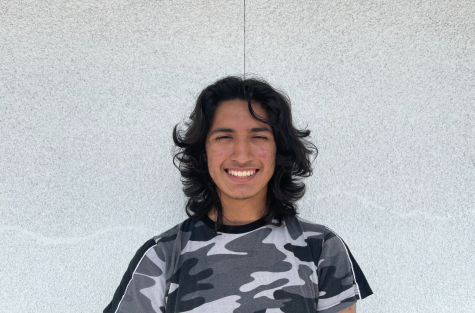
I am a senior at Bonita Vista High School and this is my second year on staff. I joined newspaper in order to achieve my full potential with my writing...

